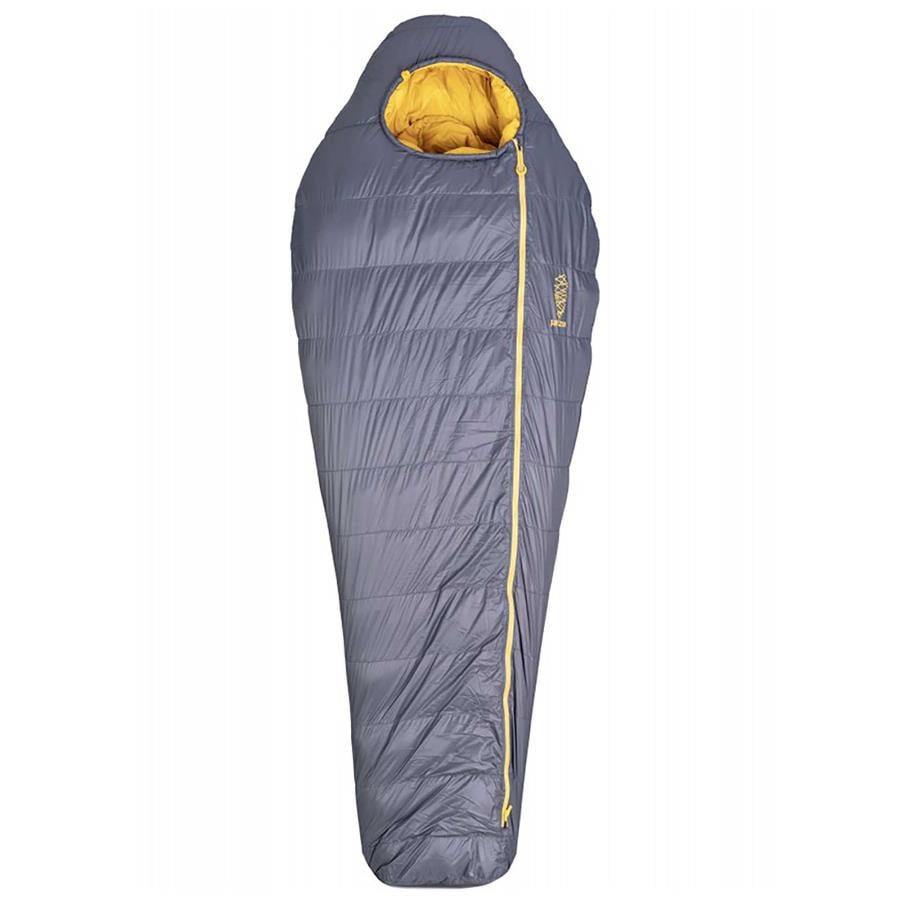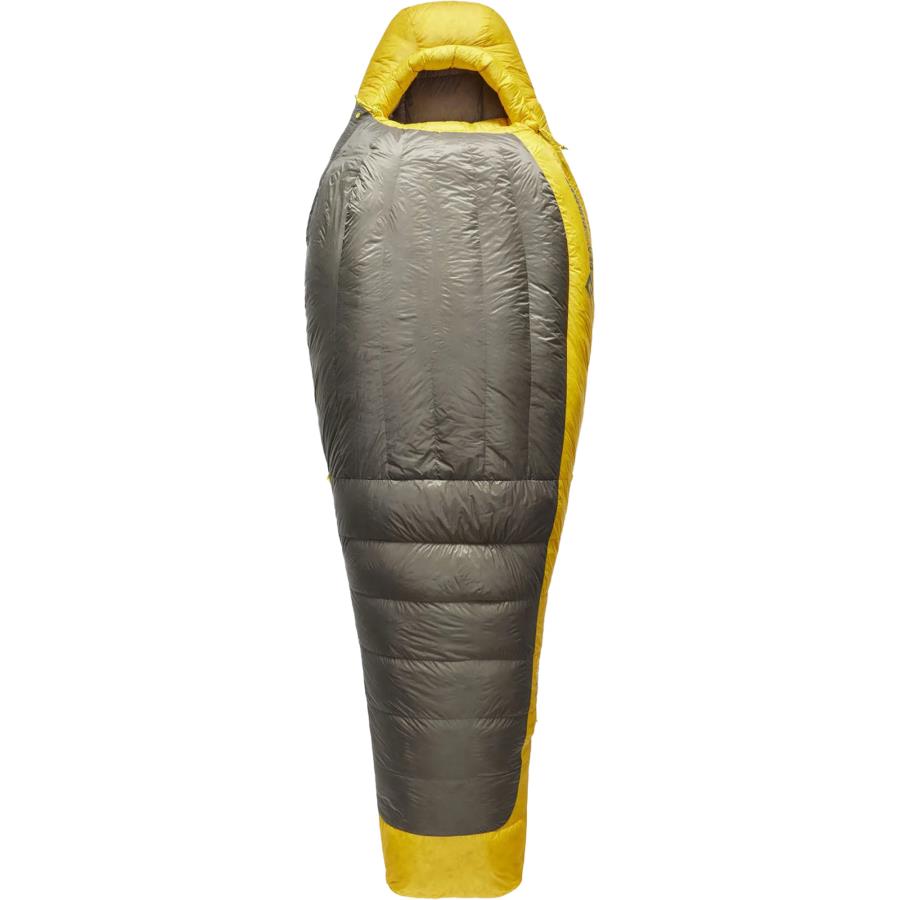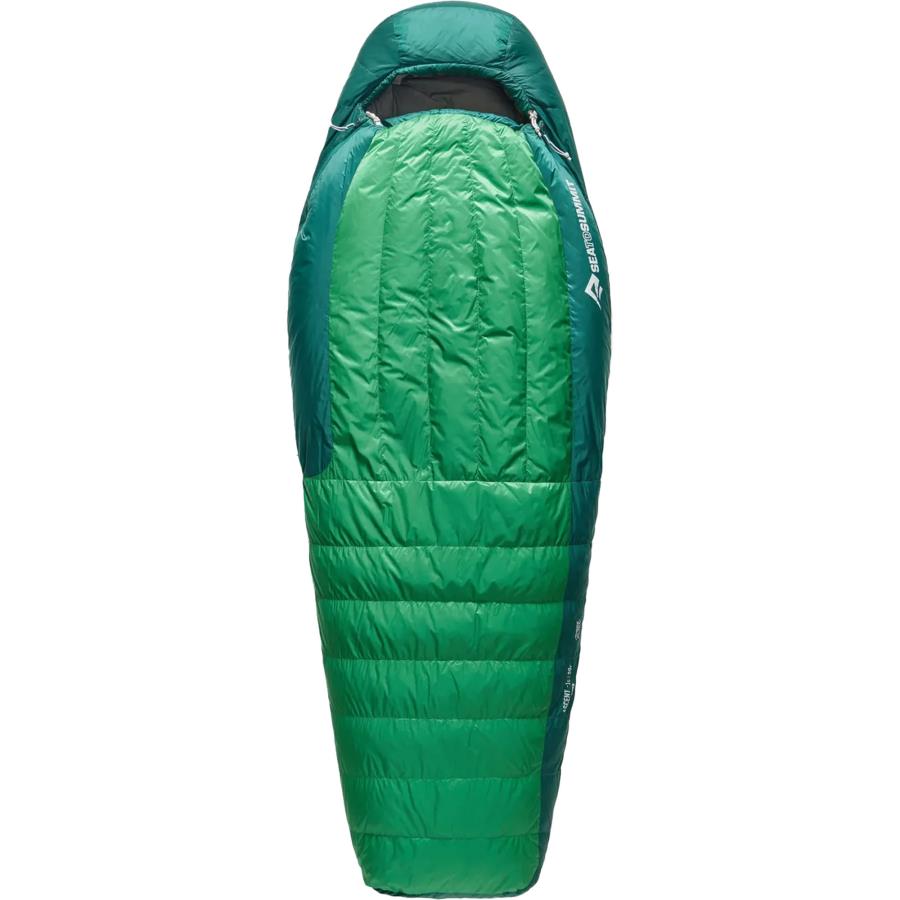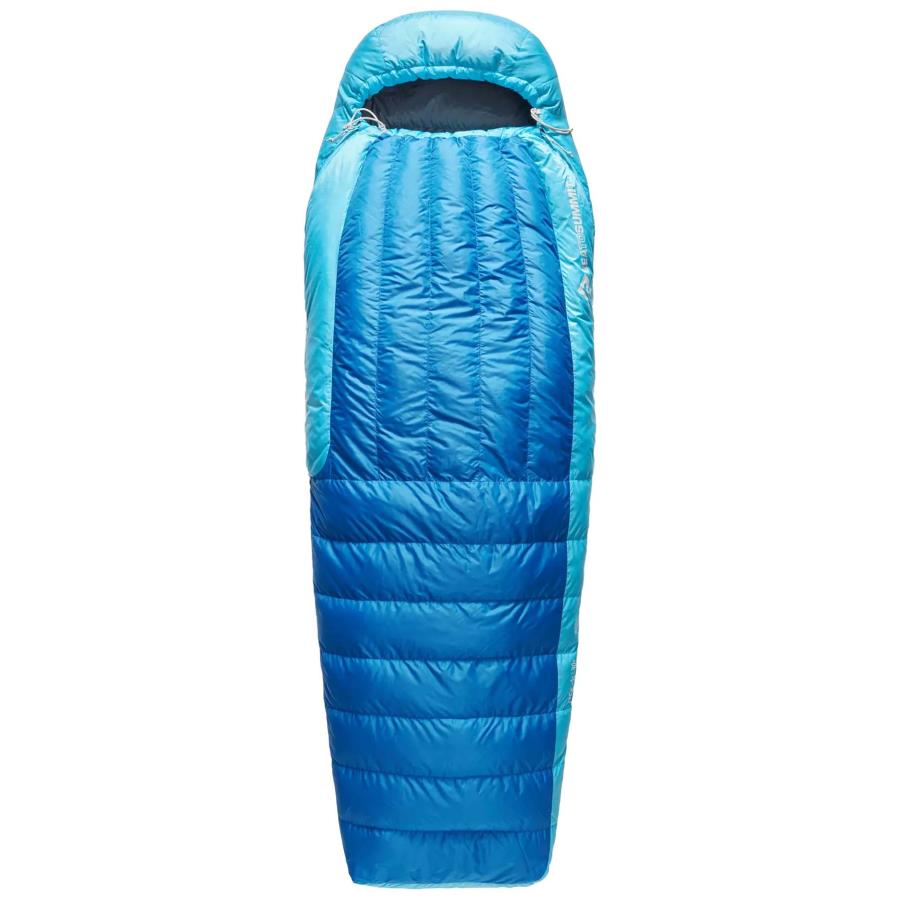The Absolute Guide to How a Sleeping Bag Works
Sleeping bags work by retaining your body heat. The greater the level of insulation the more effective it will be in keeping you warm. The problem is everybody runs at a slightly different temperature.
Variables such as body mass, gender, exercise and even recent food/alcohol intake can all play a part in determining core body temperature at time of rest. So how do you make an informed choice?

In 2005, the European advisory formed a legal standard to help regulate temperature ratings across the industry with the aim of better guiding consumers. The resulting standard - EN13537 – provides four different temperature ratings: Upper Limit, Comfort, Lower Limit and Extreme.
Again, with so many variables to consider these ratings should be taken as an indication of a bag’s effectiveness rather than a concrete rule. But taken across the broad range of products available they do help in comparing between models.
Upper Limit — the temperature at which a standard* male can sleep without excessive perspiration. This limit is established with the bag’s hood and zippers open and with the arms outside of the bag.
Comfort — the temperature at which a standard* female can expect to sleep comfortably in a relaxed position.
Lower Limit — the temperature at which a standard male can sleep for eight hours in a curled position without waking.
Extreme — the minimum temperature at which a standard female can remain for six hours without risk of death from hypothermia (though frostbite is still possible).
NB. These ratings are taken assuming that the subject is using a sleeping pad, tent and is wearing one base layer of thermal underwear.
*A "standard man" is assumed to be 25 years old, with a height of 1.73 m and weight of 73 kg. A "standard woman" is assumed to be 25 years old, with height of 1.60 m and weight of 60 kg.
It should be understood that the ‘extreme limit’ is considered the very edge at which a person could survive and not an indication of the ‘in use’ range. Again, it’s well worth checking the temperature extremes you can expect to encounter before making your decision. Time spent researching your destination before you leave is far better than time spent shivering in a poorly insulated sleeping bag or worse…
Check out our full range of Sleeping Bags today!
Need further advice? We're here to help!
Check out our Buying Guides for technical tips and tricks.
Visit our Help Centre to speak to our experts.







